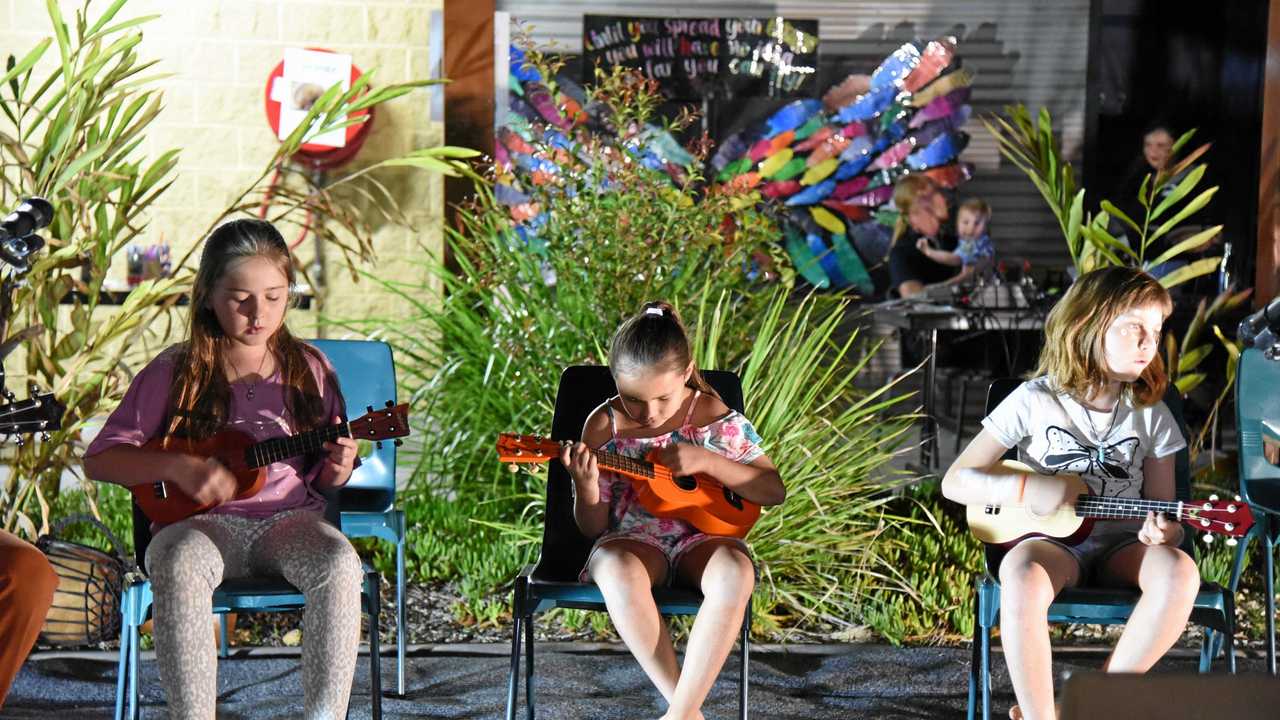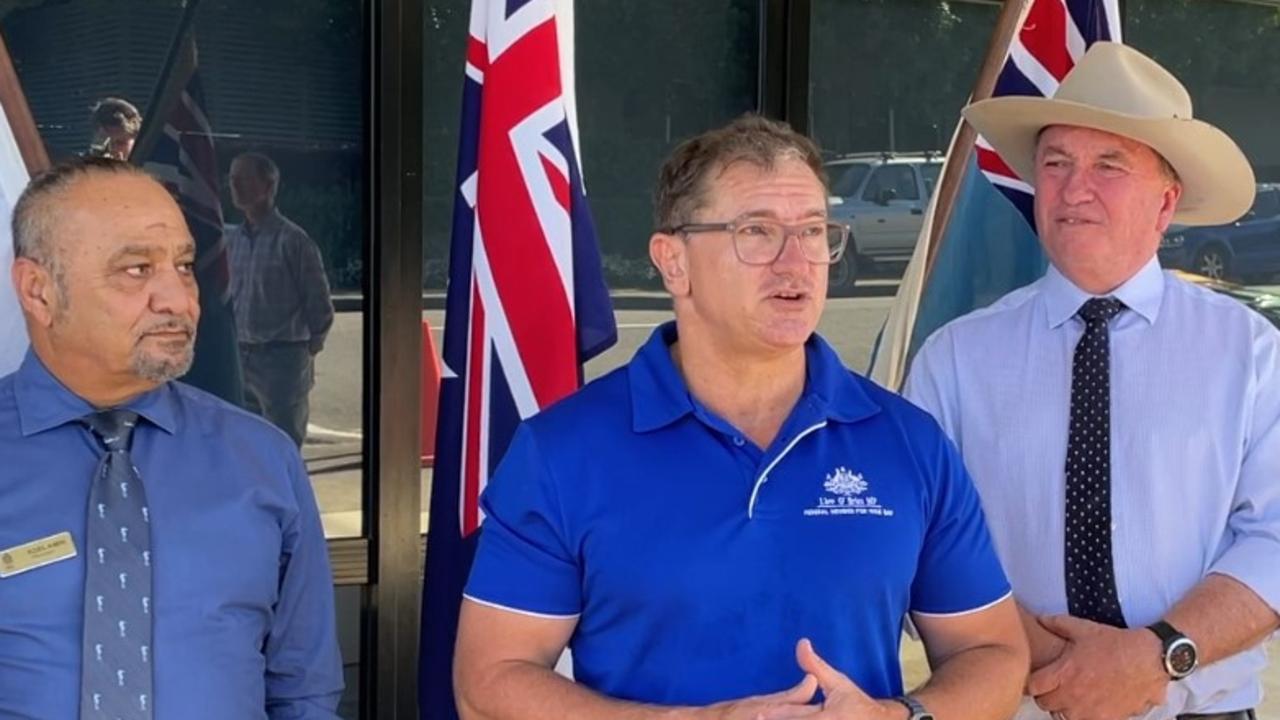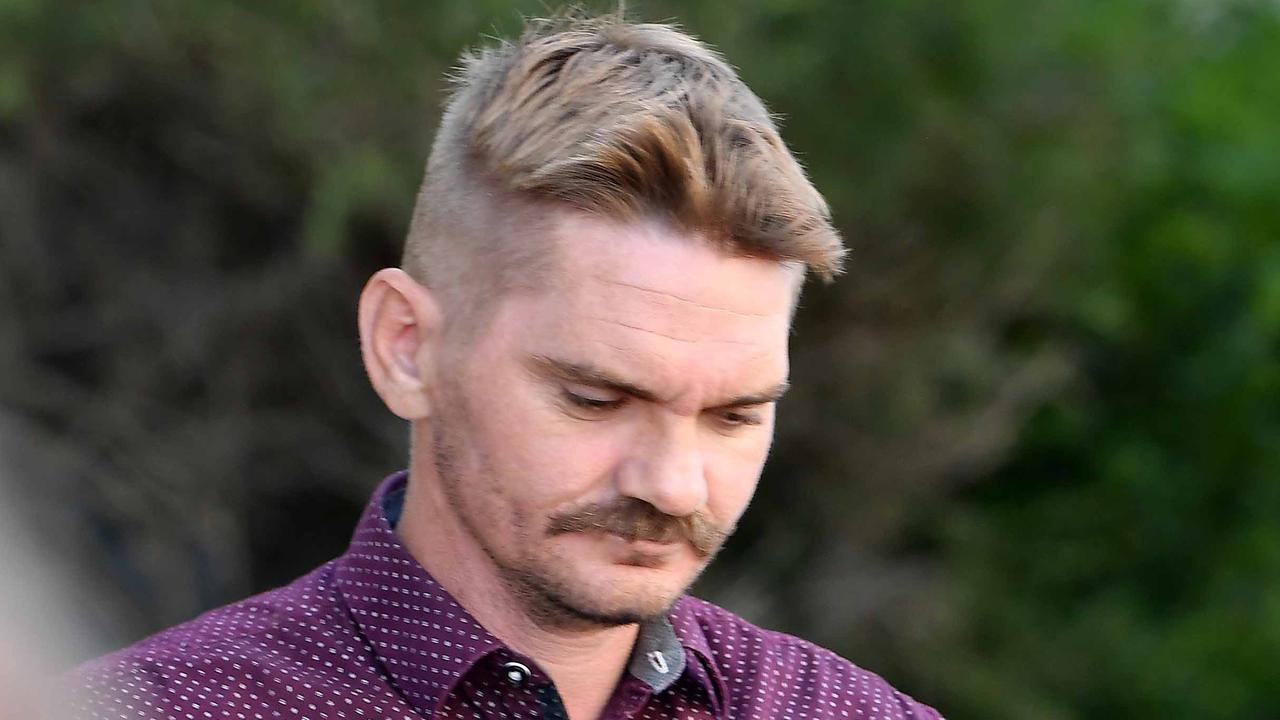How Steve Irwin's crocodiles could answer climate questions
CROCODILES caught and tagged by Steve Irwin and his family in far North Queensland could provide the ultimate clues to how climate change
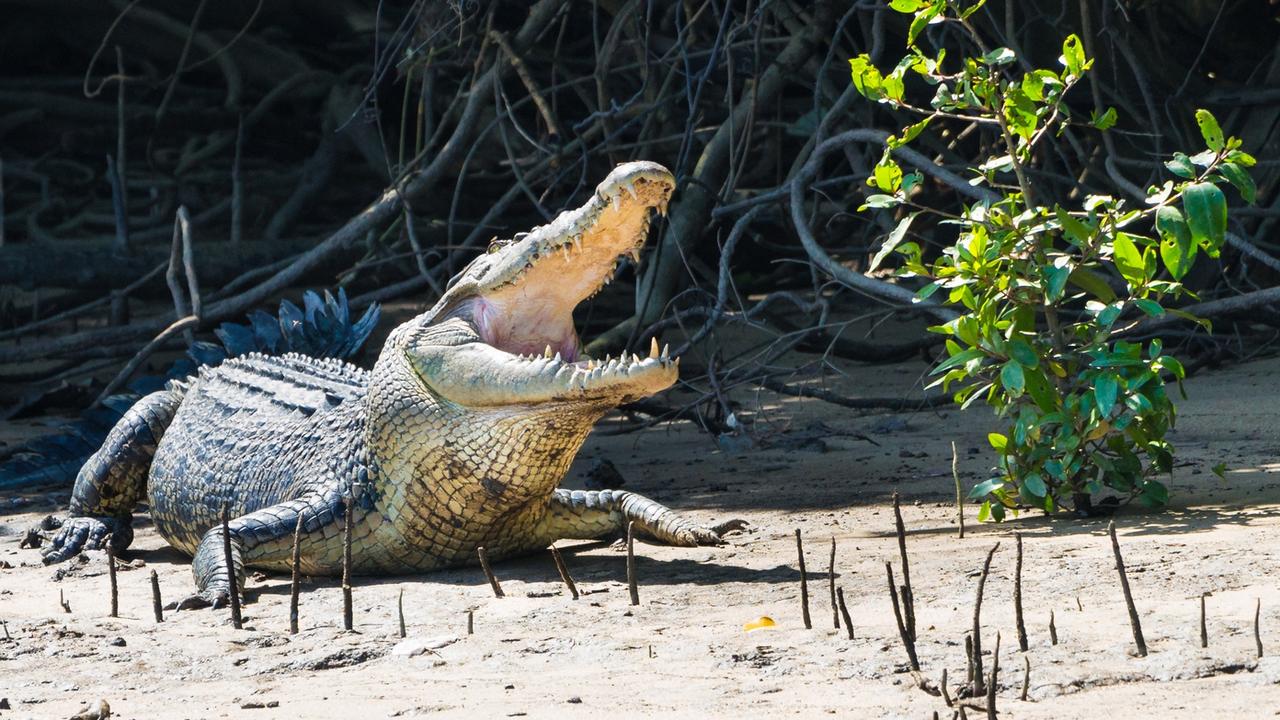
Sunshine Coast
Don't miss out on the headlines from Sunshine Coast. Followed categories will be added to My News.
CROCODILES caught and tagged by Steve Irwin and his family in far North Queensland could provide the ultimate clues to how climate change is impacting on animals.
University of Queensland zoologist Professor Craig Franklin is involved in the world's largest and longest study of crocodiles - a project which began with the late Crocodile Hunter in 2002.
So far more than 175 crocodiles have been tagged - including with devices which will measure how climate is affecting the body temperature of the apex predators.
Speaking at a packed Conservation Conversations session at Australia Zoo on Steve Irwin Day, with Bindi Irwin and fiance Chandler Powell in the audience, Professor Franklin said the study had already highlighted the futility of people trying to relocate crocodiles.
"We cannot translocate problem animals… they move home,'' Prof. Franklin said.
One relocated had travelled 400kms in 20 days to return to where he had been relocated from.
Prof. Franklin said there were 25 species of crocodiles in the world, half of which were heading for extinction.
Australia's two species were also threatened.
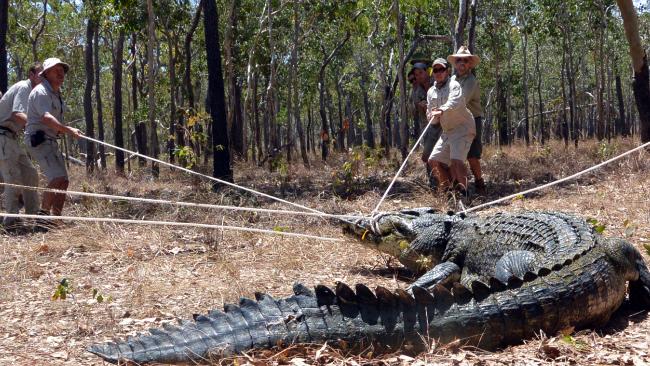
Prof. Franklin said the Irwin family were still heavily involved in his research with Australia Zoo helping to capture and tag about 30 crocodiles each year.
The Steve Irwin Wildlife Reserve was established on the Cape York Peninsula in 2007 in honour of the world's best known wildlife warrior following his stingray injury death in 2006.
The 335,000 acre reserve borders the upper reaches of the Wenlock River, a breeding area for the crocs.
Researchers use a combination of satellite telemetry attached to neck region and accoustic devices surgically inserted into the crocodiles to collect data on everything from feeding patterns to movements.
So far about eight million pieces of data have been collected.
Crocodiles can travel over 60 km in a single night and remain out at sea for a few weeks before returning to the river.
Prof. Franklin said male crocodiles were motivated by finding the 'best real estate' for breeding. "The best real estate means more females."
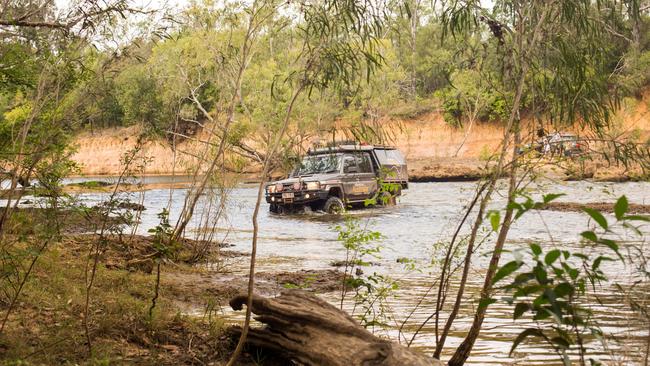
The research efforts are massive involving more than 50 people and 30 tonnes of equipment each year, including floating and land traps.
Prof. Franklin said tackling a crocodile to secure it so it could be tagged, measured and have vital information taken was where Australia Zoo's experts were vital.
"It's like what I call a domino tackle,'' he said of numerous people diving onto the crocodile.
"It's a team effort. It's a precision tackle."
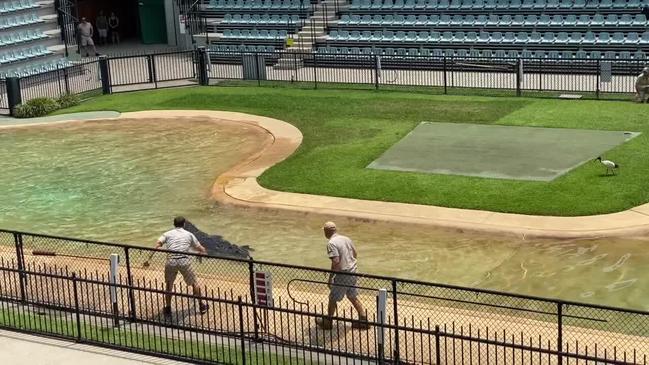
Crocodiles could be up to seven metres in size.
The crocodiles had a massive range from the east coast of Sri Lanka and India to Fiji.
They are tracked using about 2000 satellites in space.
"It kind of does your head in, where they go and overlap."
Prof. Franklin said Bindi Irwin had been involved in some of the operations to surgically insert the acoustic telemetry.
He said already the research was highlighting the importance relationships between crocodiles.
Prof. Franklin said there was a real danger in authorities trying to take out the biggest crocodiles.
"Trophy hunters want to get the biggest animals.
"That's not a good idea when the boss crocs maintain society stability."
Prof. Franklin said crocodiles could also dive for more than seven hours.
He had simple advice on staying alive: "When you are in crocodile county you don't swim."
SEE WHERE THE TAGGED CROCS ARE HEADING HERE

